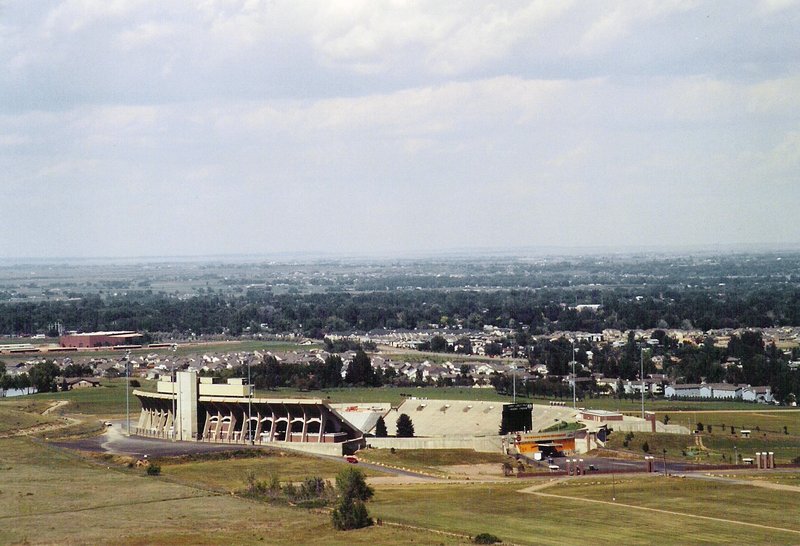The People’s Plan for Hughes
Blog Post

"Hughes Stadium" by FamilyHolland.com is licensed under CC BY-SA 2.0.
Nov. 7, 2025
The future of a 165-acre piece of public land in Fort Collins has become a national example of local democracy in action.
In 2021, voters approved rezoning a former stadium site as “Public Open Lands,” suitable for “parks, recreation and open lands, natural areas, wildlife rescue and education.” Then, in 2024, the City of Fort Collins took a bold step toward participatory governance by convening a Civic Assembly—a randomly selected, demographically representative group of 20 residents—to deliberate over the future of the site. To do so, the City worked together with several organizations including Healthy Democracy, Local Policy Lab, American Public Trust, Colorado State University’s Center for Public Deliberation, as well as dedicated public servants inside city hall and civic leaders.
Over two weekends of expert testimony, structured discussion, and facilitated deliberation, the Assembly produced a nuanced set of recommendations grounded in shared values, civic life, and practical compromise.
The Assembly’s report called for a multi-use vision—a blend of ecological restoration, recreation, education, and community gathering. Key recommendations included designating a significant portion of the site as a natural area (roughly 60 acres), establishing trails and bike amenities, creating outdoor learning and cultural spaces, and partnering with Indigenous leaders for ongoing consultation and stewardship. The Assembly explicitly rejected both total development and total preservation, instead proposing an integrated approach that balanced conservation, accessibility, and community use.
In September 2025, the Fort Collins City Council adopted a modified version of these recommendations, codifying a plan that reflected the Assembly’s core principles: environmental restoration, Indigenous partnership, and inclusive public use. Yet, a citizen-led organization, Friends of Hughes Natural Area, put forth a single-use ballot initiative that would convert the entire site into a protected natural area—effectively overturning the multi-use plan. As a result, the planning process for the site was put, again, into question.
To resolve this debate, the City government decided to put forth a citywide referendum, testing whether deliberative democracy could hold up under the pressures of direct democracy.
On Tuesday November 4th, voters chose to uphold the Civic Assembly’s recommendations, affirming the multi-use vision and, in doing so, endorsing the process that produced it.
This outcome marks a rare and powerful moment in American local governance: residents not only participated in a new model of democratic deliberation but then collectively validated its results at the ballot box. The Hughes Site process demonstrates that when communities are trusted with real responsibility—and their work is guided by evidence, dialogue, and shared purpose—they can chart pragmatic paths through divisive issues.